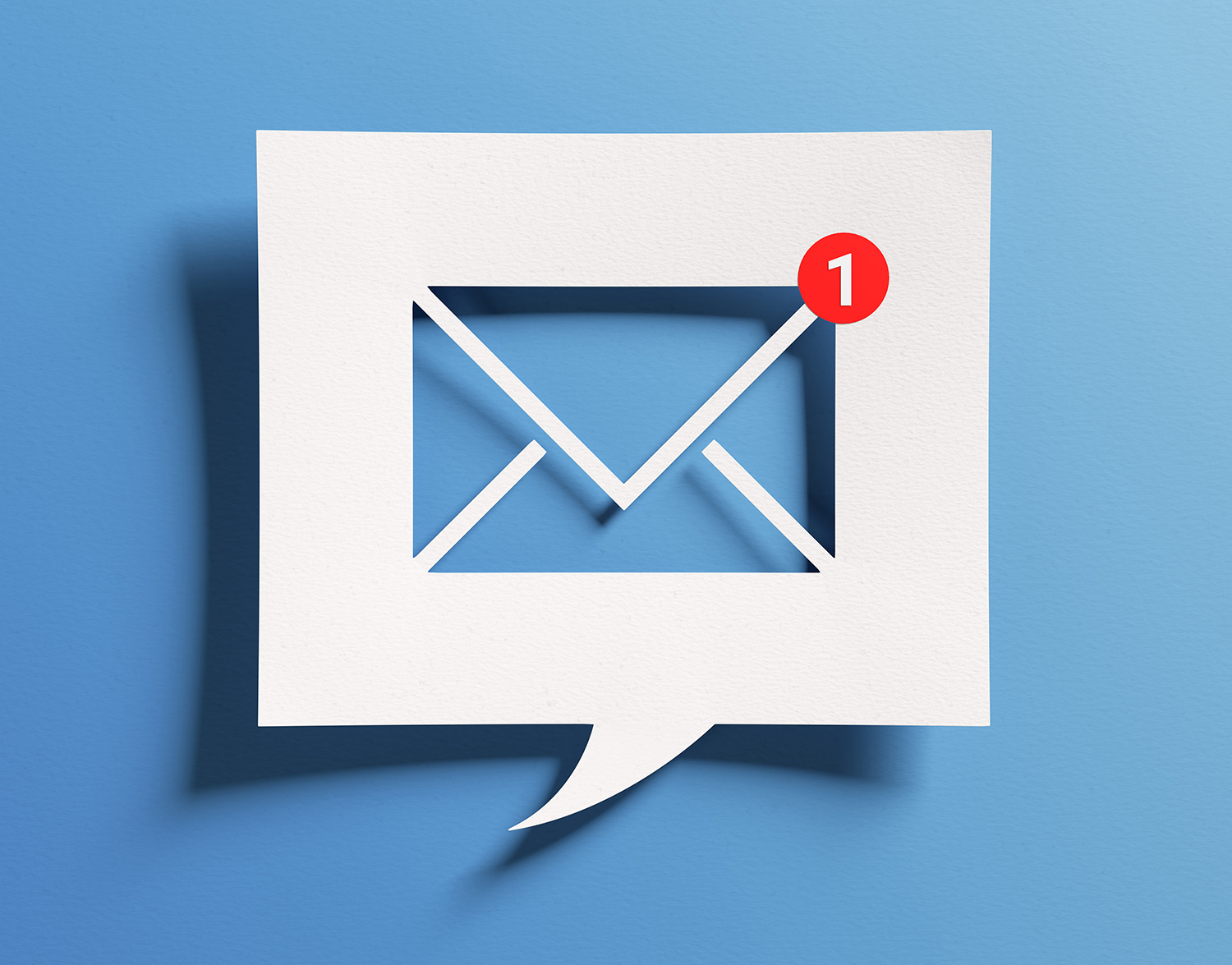

Jeff Toth, Marketing & Communications Lead, IBAO
I’ve been with the IBAO for nearly six years. During that time, I’ve been the writer and producer of IBAO’s Newsletter. When I started, open rates hovered around 15 to 17%—20% being the rough benchmark for good in email marketing. Now, six years later, we had one of our best months ever at the beginning of the year, with an average open rate of 49%. Of course, our audience has grown too, but more importantly, the percentage of recipients opening the newsletter has nearly tripled. In that time, we’ve gone from 2,000 weekly readers to over 8,000.
I’d love to say that all that progress was the result of high-quality content, but unfortunately, I cannot. Through quality and consistency, I was only able to raise the average open rates by six or seven percentage points. But we had an incident a year and a half ago that led me to pursue a more technical approach to increasing open rates, which the rest of that growth has resulted from. Sadly, quality doesn’t matter if people aren’t getting your emails.
The Incident
In August 2021 our open rates fell off a cliff. In one week we’d lost more than half of our active audience, resulting in the lowest open rates we’d ever seen. It was my job to get to the bottom of it, and here’s what I learned: email spam filters are constantly evolving without any transparency, and we were the victims of one of these unknown changes. For several weeks I tried many different recommended tactics to no avail.
Luckily, I figured out what happened on my own through trial and error. We used to send our newsletter from the address do_not_reply@ibao.on.ca —a very common way to indicate to people that if they reply directly to a newsletter, no one will read their response. But Microsoft Outlook’s spam filter suddenly started filtering out do not reply addresses, which makes sense if their goal is to catch mass emails. I changed our sender address, and we saw an instant improvement in our open rates. It was clear this was the issue.
It took about two months to fully recover from that incident. But surprisingly, that recovery continued beyond where we started, and we saw steady growth for another year. All the other tactics I’d tested while trying to identify the source of our problem compounded to make a big, measurable difference.
The Other Tactics
Everyone who sends emails has something called an Email Sender Reputation Score. This opaque score determines whether you’ll be able to get past spam filters, and like a credit score, you want to keep it as high as possible. One of the easiest first steps you can take to improve your sender score is to verify your email domain. It takes a bit of work, and you’ll probably have to get your IT person involved, but it’s a one-time task that makes an ongoing difference. Google “verify email domain” and whatever platform you use—in our case, MailChimp—and you’ll find instructions.
Another thing you should do to keep your sender score high is to use a sender address that’s attached to a regularly monitored inbox. When I switched our sender email, I chose an email address I already controlled. Now when I send out our newsletter, I get roughly 1,000 replies—99% are autoreplies. Every week I comb through all of them, looking for real emails, which I then respond to or forward to the correct person—doing this matters to your sender score!
During that process, I also look for autoreplies indicating that the address is no longer in use, and I remove them from the sender list. This is crucially important. If you email dead addresses, they’ll eventually hard bounce a message, which will automatically remove those emails from your sender list. This seems like a problem taking care of itself, but it will hurt your sender score. Curating your email list is not optional if you want spam filters to trust you.
It’s impossible to know for certain, but I believe switching to a monitored inbox and removing dead addresses are the true reasons we’ve been able to boost our open rates as much as we have.
The Incident, Part II
I mentioned we had our best month ever at the beginning of this year. That came to a screeching halt when once again, our open rates were halved overnight. Using brute force trial and error, I quickly identified the problem—the newsletter included a link to a survey that would allow brokers to sign up for job fairs we co-host with our partner colleges, and the Microsoft Outlook spam filter gods decided that links to surveys are a tell-tale sign of spam. I dropped the survey link into a link-shortening service, then replaced the offending link in the newsletter and re-sent it to everyone who hadn’t opened it the first time—and we ended up almost exactly where we were before the drop-off.
So that’s my last piece of advice—use link shorteners, especially on survey links. It’s an extra step, but it’ll allow you to stay under the radar of spam filters.
As much as it pains me to say, these techniques make a bigger difference than writing a punchy subject line or generating great content. Because like I said, it doesn’t matter how good your content is if it’s not making it into people’s inboxes.
Proven Techniques for Increasing Email Deliverability
- Verify your email domain
- Send from a regularly monitored inbox
- Don’t use a Do Not Reply address
- Curate your sender list
- Use a link shortener, especially for surveys
